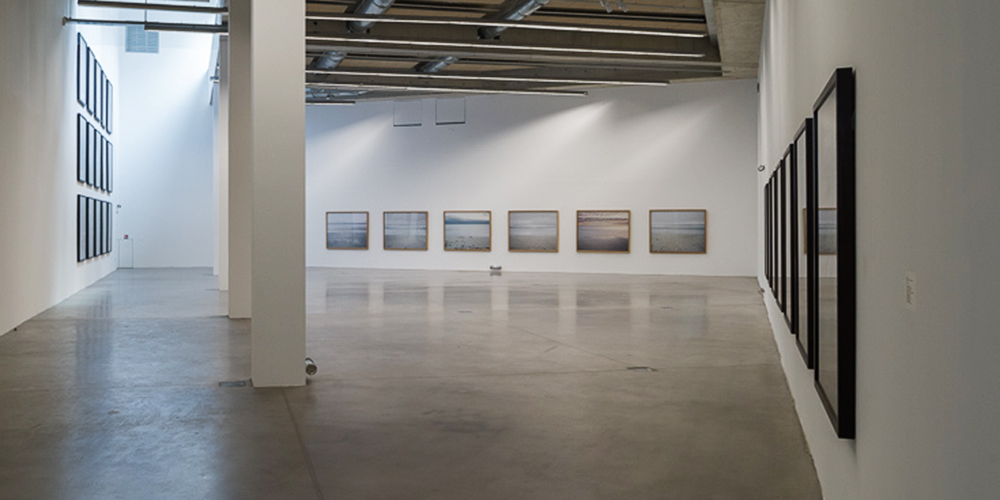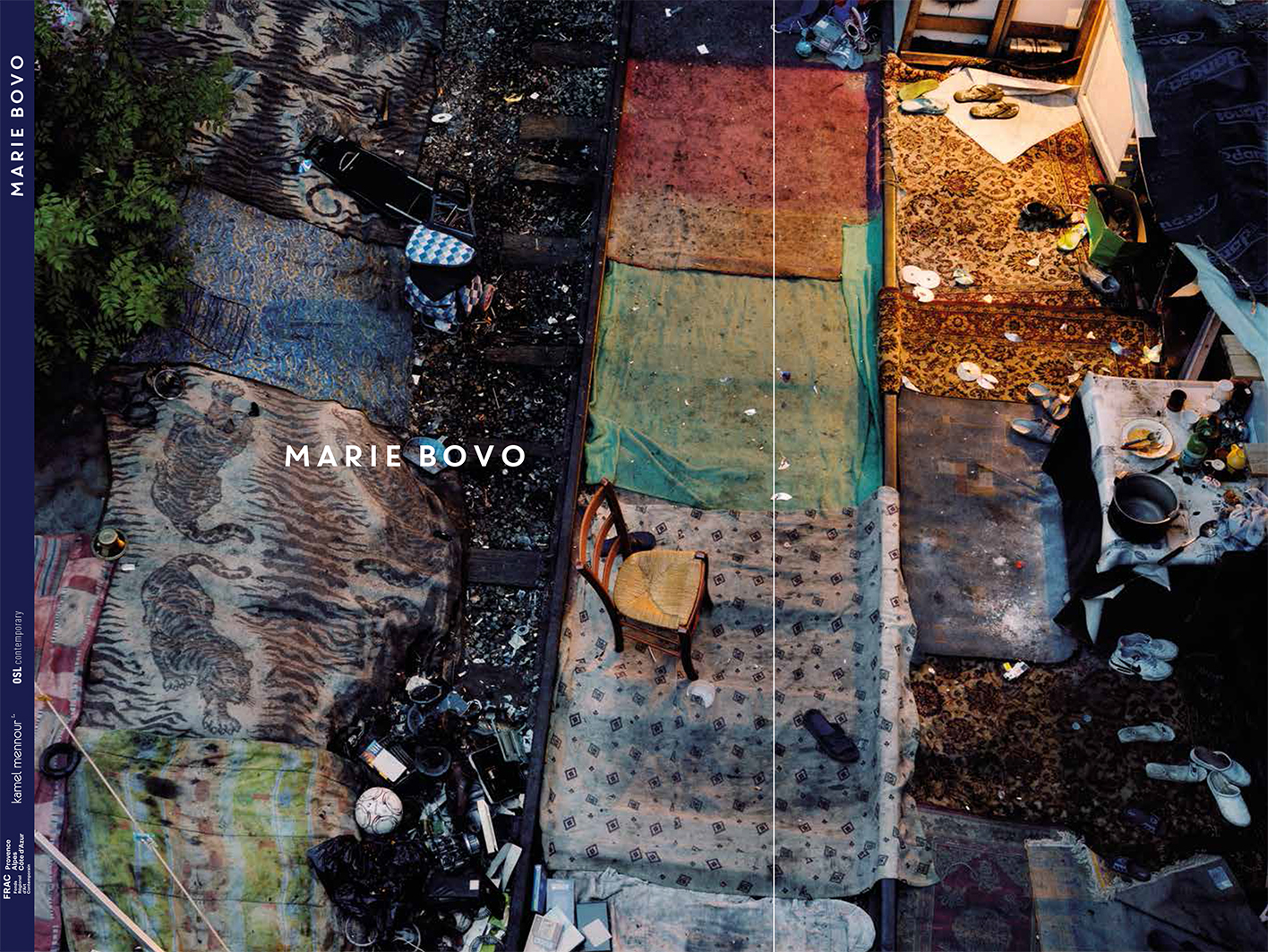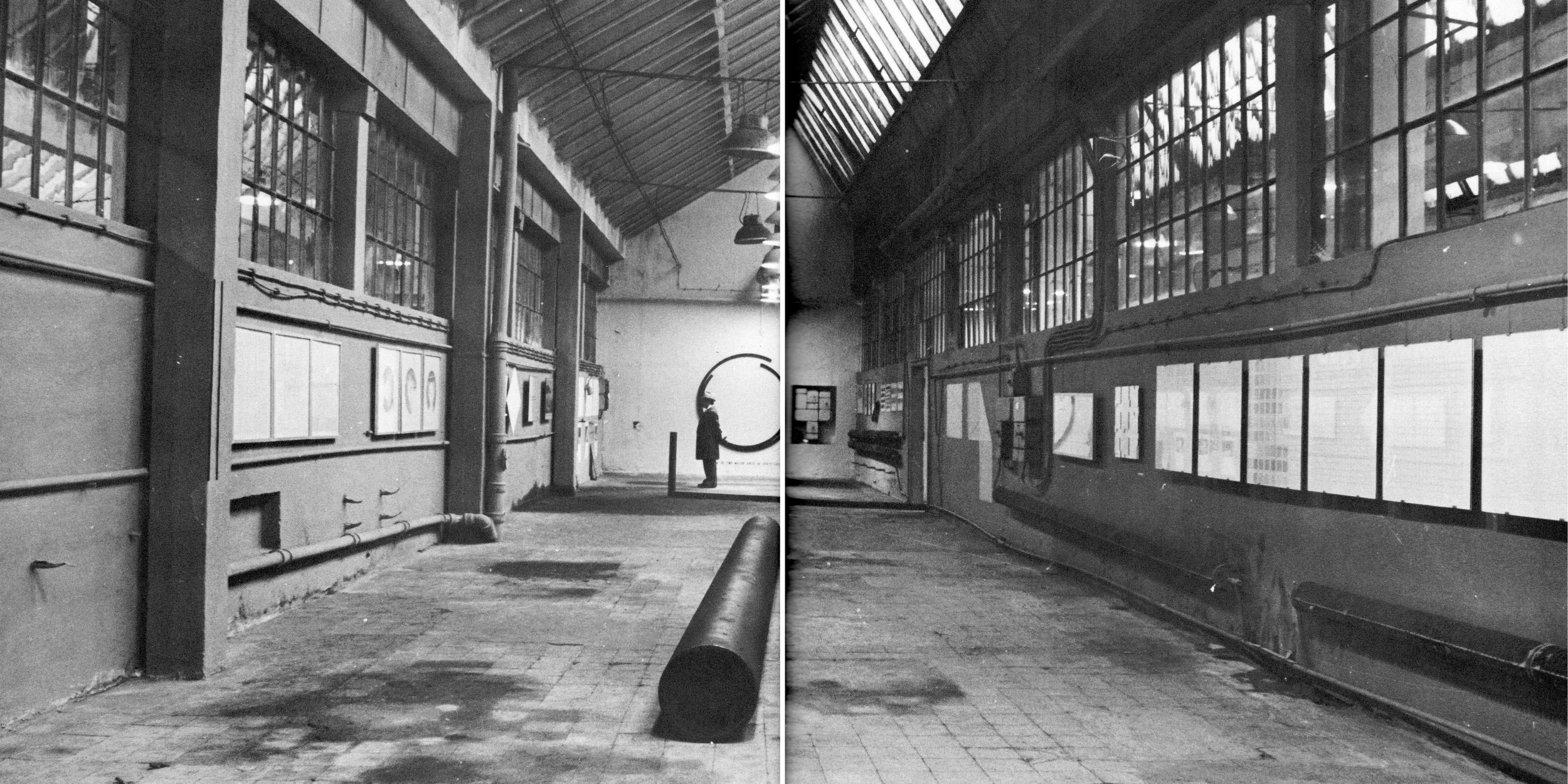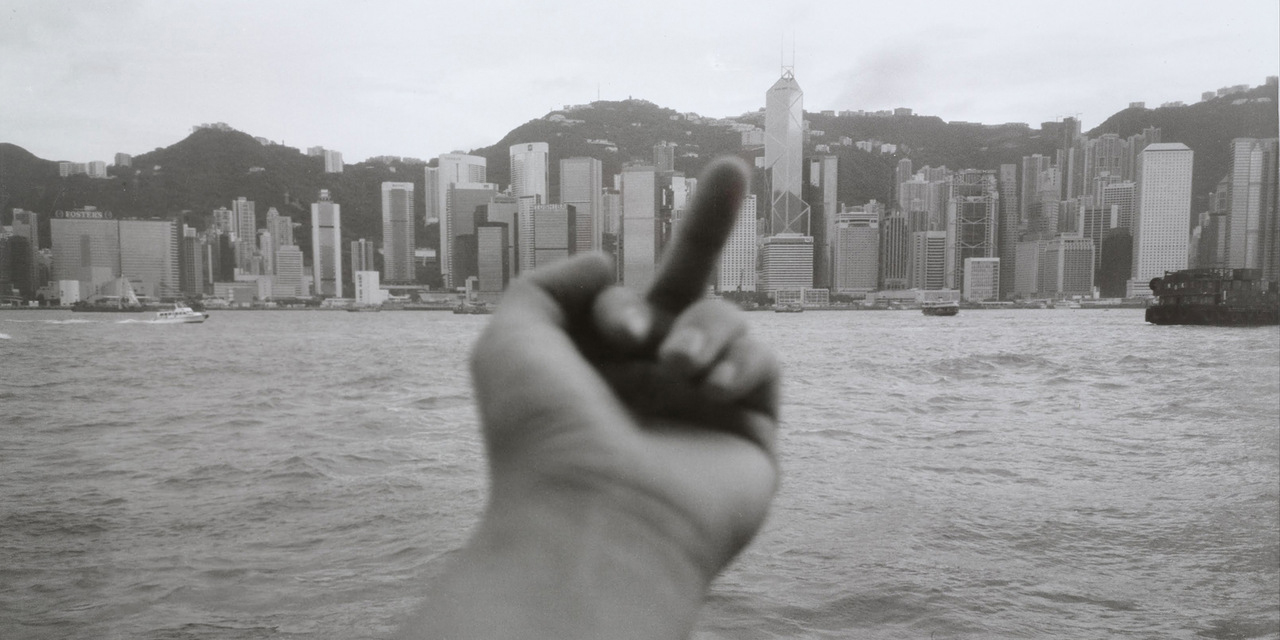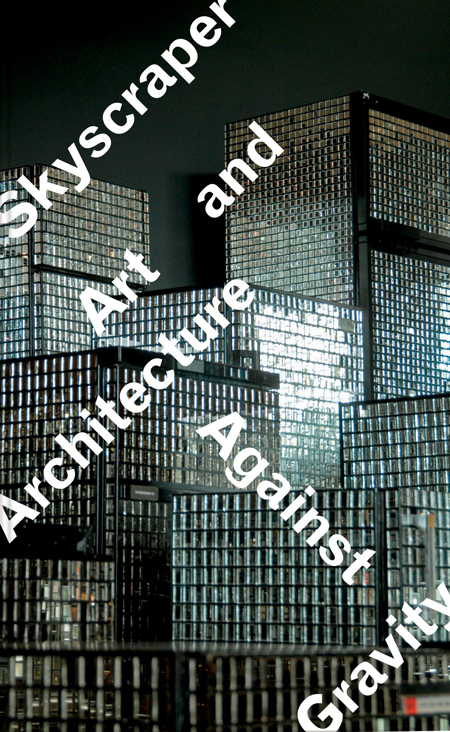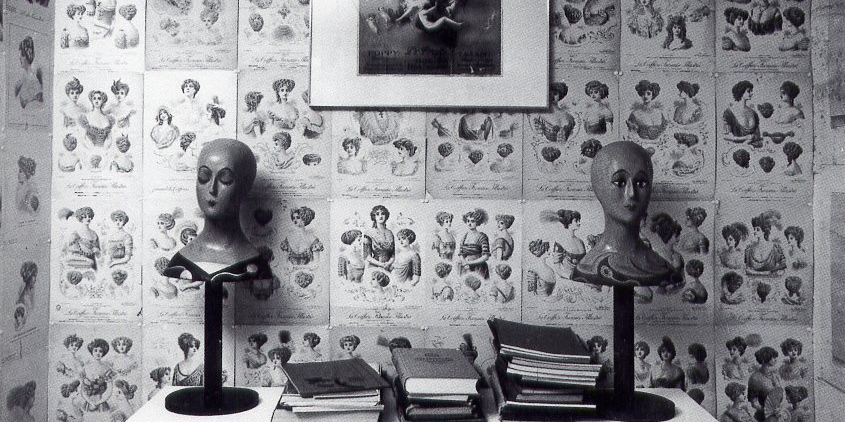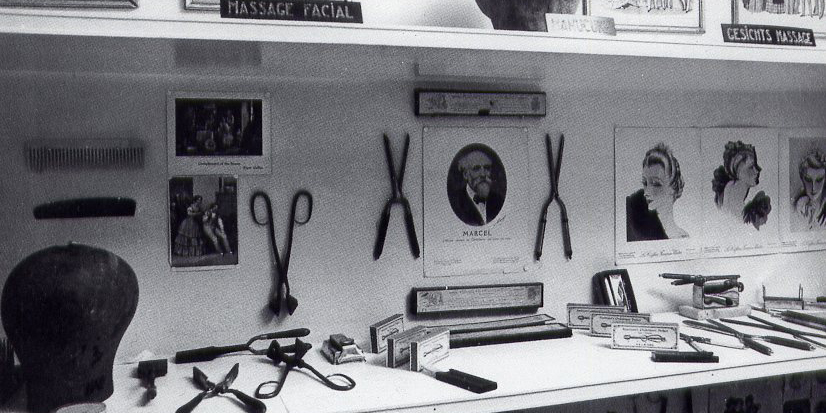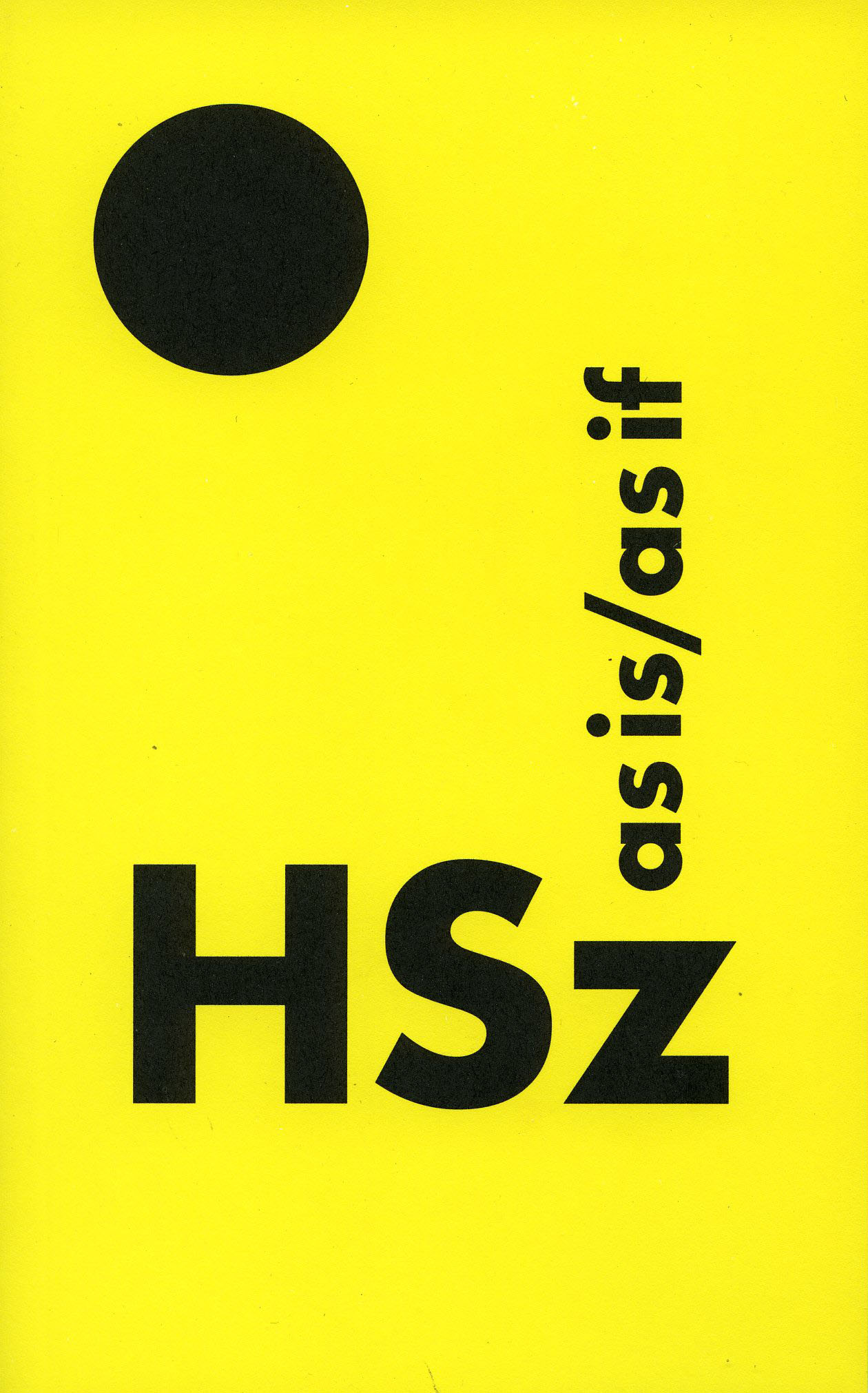Essays
"Shooting the Moon: the tragic impossibility of freezing time," Carrie Schneider: Nine Trips Around the Sun
University Galleries of Illinois State University, Normal, 2016 (exhibition catalogue)
Exhibition page . Book description . Essay (PDF)
“How to survive abstraction,” Marie Bovo
FRAC Provence-Alpes-Côte d'Azur, Marseille; kamel mennour, Paris; and OSL contemporay, Oslo, 2015, pages 10-20 (exhibition catalogue)
This monograph accompanies the artist's solo exhibition Marie Bovo: La Danse de l’ours, on view at FRAC Provence-Alpes-Côte d'Azur from March 21 through June 13, 2015. The bilingual publication includes an introductory essay by exhibition curator Mouna Mekouar, an interview by FRAC director Pascal Neuveux, and an essay by Joanna, as well as numerous reproductions. Co-published by FRAC PACA, kamel mennour, and OSL contemporary, the book is distributed by Les presses du réel.
“From Kunsthalle to Factory,” Konstrukcja w Procesie: The Community that Came?
Muzeum Sztuki w Lodzi, 2012, pages 125-149 (scholarly compilation commissioned on the occasion of the exhibition's 30th anniversary)
[...] The aesthetic articulation of the exhibition grew out of two curatorial methods meeting in this particular place and time, Lodz 1981: that of Harald Szeemann’s collaborative, permissive approach with artists on the one hand, and on the other the local strategies of self-organization that had been developing for three decades. [...]
“Occupying Skyscrapers,” Skyscraper: Art and Architecture Against Gravity, eds. Michael Darling and Joanna Szupinska
Museum of Contemporary Art, Chicago, 2012, pages 50-61 (exhibition catalogue)
[...] At the time of organizing this exhibition and catalogue, the Occupy Wall Street movement is spreading throughout the United States. As the movement gains hold, a global public is turning its attention to the space of the city and even to the meanings that skyscrapers hold. Demonstrators against economic inequality are taking over urban parks and plazas as law enforcement officials continue to devise increasingly hostile tactics to disband the camps. The choice to occupy, rather than to march (and subsequently disperse), has led to debates about the use of public space and the right to nonviolent demonstration. [...] To posit a purely negative reading of skyscrapers as icons of power, to renounce them as signs of an oppressive system, and to forget everything that is human about architecture is to obviate any possible complexity—even pleasure—they might afford. [...]
Introduction to the exhibition First Fifty, Museum of Contemporary Art, 2012
[...] First Fifty assembles its contents according to a deceptively simple framework: these are, as the title implies, the first fifty artworks that entered the museum’s collection, organized in order of their acquisition. Yet this humble premise opens quickly onto more complex matters. [...] Fundamental questions are raised: Why should a contemporary art museum have a collection, and not concentrate its energies solely on changing exhibitions? What are the challenges faced by collecting institutions? When is conservation of damaged or aged collection items appropriate, and when may it be postponed? And, when is it acceptable to sell something from the permanent collection? The MCA’s particular story speaks to the complex beginnings of many institutions by tracing the real, human forces that contribute to the building of any young museum. [...]
“Politics, potentials, and Construction in Process,” Journal of Curatorial Studies
Volume 1, number 2, 2012, pages 194-214 (peer review)
Konstrukcja w Procesie/Construction in Process featured work by 54 international artists in an abandoned nineteenth-century textile factory in Łódź, Poland in 1981. It was a curious, multi-layered exhibition that brought together unresolved politics, a curatorial method of "sorting out" or "arranging for," and a bohemian approach to life and art that looked back to the European avant-gardes of the 1930s. This article aims to reveal that, via the organizers' collaboration with Solidarity, the exhibition not only rejected the political bodies in power, but strove to articulate a proposal for an altogether new socio-political reality.
“Grandfather: a history like ours,” HSz: as is/ as if, ed. Julian Myers
CCA Graduate Program in Curatorial Practice, San Francisco, 2010, pages 20-41 (volume about the work of curator Harald Szeemann)
Following the hugely successful Document V in 1972, the former Kunsthalle Bern director and by then famed independent curator Harald Szeemann turned to the more intimate subject of his recently deceased paternal grandfather. In 1974, about 100 years after the birth of the subject, Szeemann staged Grossvater—ein Pionier wie wir (“Grandfather: A Pioneer Like Us”) in an altogether unheard of, at that time, exhibition space, namely a private apartment. The exhibition presented Etienne Szeemann’s collections: objects accumulated over decades including furniture, memoirs, a stamp collection, monetary bills, and instruments of his beloved hairstyling trade, along with print advertisements for his services. Cited numerous times (by Hans Ulrich Obrist, Daniel Birnbaum, Roman Kurzmeyer, and others) as evidence of Szeemann’s adventurous curatorial style or his invention of “a museum of obsessions,” the story of the Grossvater exhibition is often told as a curious anecdote evidencing an artistic-curatorial practice; the actual content of the installation has not been sufficiently analyzed despite Szeemann’s own articulated commitment to the seriousness of the project. This essay focuses on the curator’s use of the personal story and belongings of his late grandfather in order to craft a social critique of 1970s Europe that succinctly addressed the politics of class, economics, and cultural otherness. It takes as evidence the few available installation photographs, the title and exhibition brochure composed by Szeemann, reports of the carefully curated audience that attended the show’s opening reception, the contemporaneous relationship between Western European capitalism and Soviet socialism, and Switzerland’s attitude toward immigrant workers. Borrowing the notion of “self-ethnography” from Hal Foster’s 1996 essay “The Artist as Ethnographer,” this study proposes that the Grossvater installation was not merely that of curator-artist, but of curator-ethnographer.


